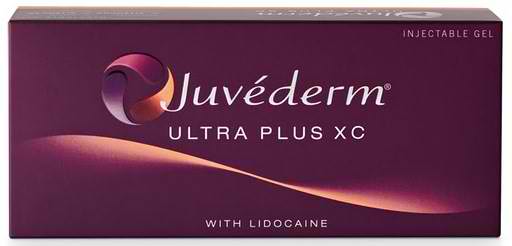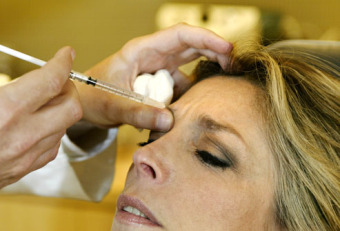The Newest In Dermal Fillers
/Dermal fillers remain one of the most known methods of non-surgical rejuvenation, due to its popularity and effects, many patients have preferred dermal fillers. However, not everything ends well because of the possible adverse effects of dermal fillers. Thus there have been studies to ensure the safety of administering inejctables.
A couple of studies.
Double Injection Technique
Novel techniques are developed and presented to ensure the delivery and safety of the filler. Injecting requires skill and precision, thus it is crucial to learn safer techniques in injecting dermal fillers especially in the danger zones. One dermatologist mentioned that during a demo, the subject had become blind also.
Intravascular injection is something that all providers avoid due to disastrous side effects it causes on patients, and due to this delivery of injection, there have been cases of blindness and providers must always practice care and precision in administering the injection.
The technique was double injection, as presented by the researchers, Huang and Lin, which could help prevent intravascular injection. Their method aims to thwart the possibility of intravascular injection, basically there would be an inner and outer needle in performing the procedure. In the event of drawn blood, the inner needle would move the blood out.
The researchers do admit limitations to their method and there could be more research that may be done in order to use this method.
Regeneration is the new Rejuvenation?
Dermal fillers could also demonstrate its efficacy in regeneration. Only two studies have examined dermal filler use for regeneration, it seems likely that in the near future, physicians could use dermal fillers for soft tissue regeneration. There are two studies regarding tissue regeneration and filler or fat injection, which have regenerative properties.
Fallacara et al. (2017) suggest that Urea could be cross-linked with HA considering its properties. According to the researchers, this could be the future of dermal fillers, and that could treat cosmetic issues other than its usual common dermatological concerns (e.g. psoriasis, calluses)
Additionally, there is another alternative to filler for tissue regeneration, which was discussed in detail by Dr. Cohen through Medscape that fat was also helpful in rejuvenating and regenerating the reason he used fat was it made for a more natural look and that it lasted longer as compared to using fillers. Additionally, it adds more volume.
CaHA with Ascorbic Acid?
The study examined the efficacy of CaHA with Ascorbic acid to treat stretch marks. The researchers tested it on 35 patients, and on areas where stretch marks commonly appear such as: thighs, knees, buttocks, abdomen, and breasts.
Findings:
- 63% of patients in the study were satisfied with the treatment; while only 1 was unsatisfied.
- Most patients were more satisfied in areas like abdomen, buttocks, and breasts.
Dermal fillers would have more potential uses in the future, and that it could have other uses in the future. For now, dermal fillers remain as one of the most popular treatment for cosmetic concerns, leaning towards rejuvenation.
A list of cosmetic dermal fillers here.
References:
https://www.ncbi.nlm.nih.gov/pmc/articles/PMC5426873/
https://www.researchgate.net/publication/315818101_Hyaluronic_Acid_Fillers_in_Soft_Tissue_Regeneration
https://journals.lww.com/prsgo/Fulltext/2017/09000/Calcium_Hydroxylapatite_Combined_with.17.aspx







